One of my favorite cameras of all time was the Panasonic GM5. With its interchangeable lenses and ultra-compact design, I could truly take it anywhere and still have full manual control. Compromises had to be made given such a small design, and the Micro Four Thirds format did limit potential image quality, but I had an EVF and a creative camera that was perfect for travel.
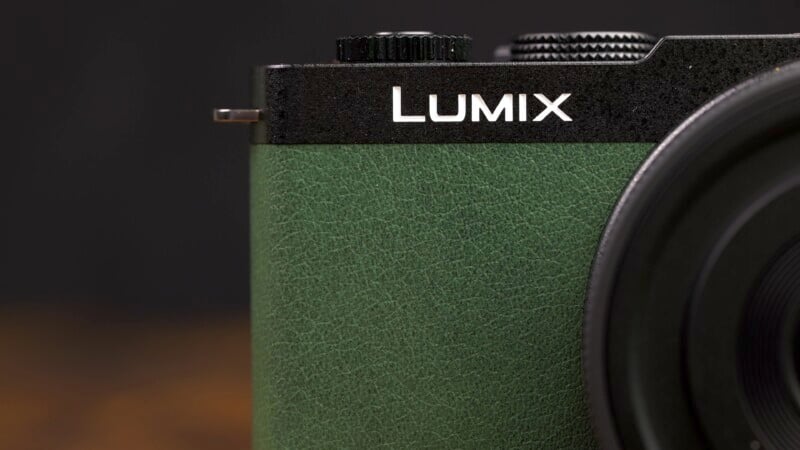
This past month I found myself traveling to Japan to see the new Panasonic S9, and I can’t help but be reminded of the GM series again. However, the S9 is a different beast altogether, not just because of its larger full-frame design but also because of how Panasonic wants to change the way we think about photography with it.
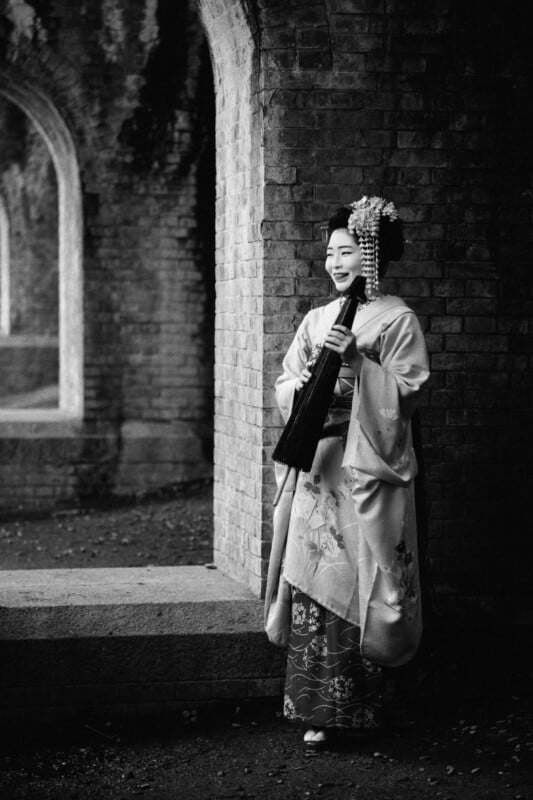
With a pre-production S9 in hand, I explored the streets of Kyoto and Osaka, night and day. I appreciated the compact form factor wandering the alleyways of Higashiyama or the crowded streets of Dotonbori over hours and hours on foot. Panasonic gave us the pitch that the S9 is trying to approach photo taking in a different way and I was skeptical. Is the S9 a revolutionary camera design or just a different flavor of something we’ve seen before?
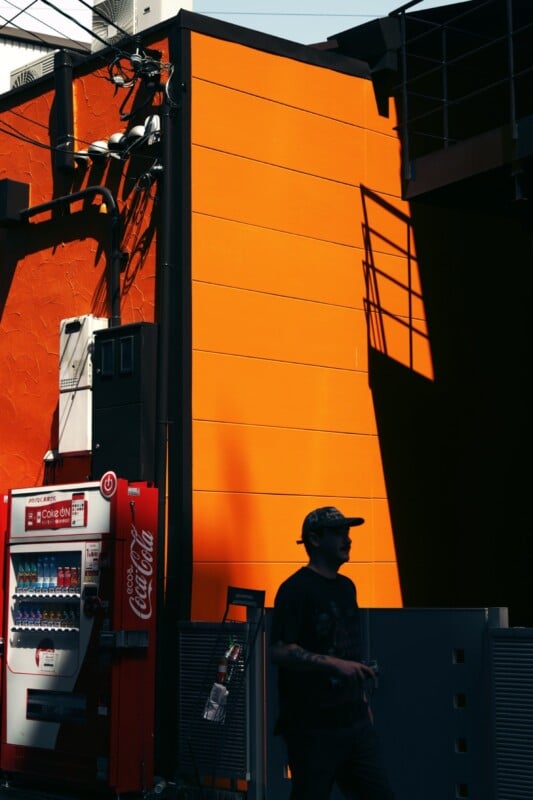
Panasonic S9 Initial Review: We’ve Been Asking For a Compact Panasonic Camera
The body is basically a scaled-up GM series camera — at least superficially — with a rather boxy design and flat grip. Coming in variations of the three primary colors plus black, the S9 certainly has some head-turning street style. In the hand though, the camera body feels very lightweight at only 14.4 ounces (409 grams) and has a fairly simplified control structure. There is a front command dial which works well and a rear thumb wheel “joypad” design which I tend to criticize due to its propensity to modify white balance or ISO accidentally. I understand the compromises involved when trying to keep a camera as small as possible but it does hamper the shooting experience, especially for more advanced photographers.
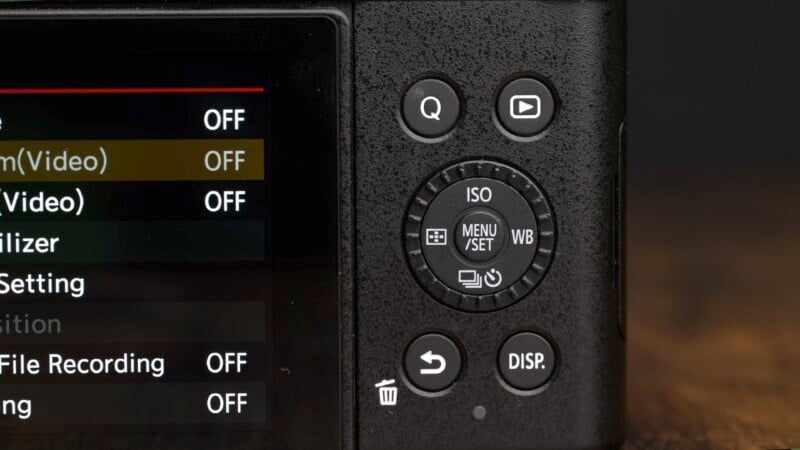
There isn’t much room for customizable buttons either, so the top of the camera simply has a video record button and an exposure compensation button. On the back of the camera is an AF-ON button and the new Realtime LUT button, which I will come back to. These buttons can be customized to carry out other commands if you wish.

Now the older GM series cameras didn’t have much in the way of extra controls either but they were tiny and space was limited. I feel that the larger body of the S9 has plenty of real estate to put extra controls and buttons but we are left with a very basic control scheme instead. One of the most obvious — and painful — omissions is the lack of an EVF. My eyes aren’t getting any better and although I can see the intent for a camera that is shot at arm’s length or from the hip in a fun and freeing way, I have also criticized many a camera in the past for the exact same thing. It would be unfair to give the S9 a pass.
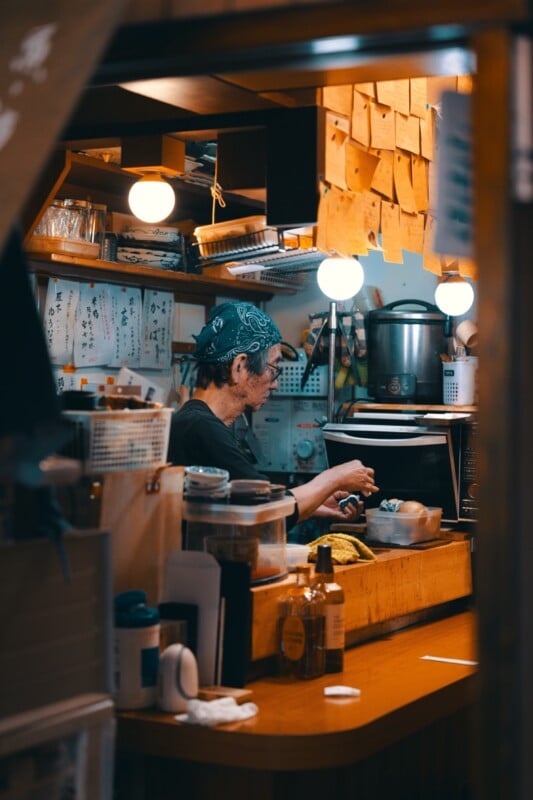
Regardless, the S9 is functional to use in a simplified way and simple can be a great thing. I got used to the handling pretty quickly and Panasonic provided a SmallRig custom grip for the S9 which improved the feel of the camera in-hand immensely. I also absolutely appreciated the AF-ON button placement and functionality as this is my preferred way to focus a camera. The S9 uses the same 1.84 million-dot back LCD panel as the S5 II and it fully articulates to accommodate shooting at awkward angles or for vlogging purposes.
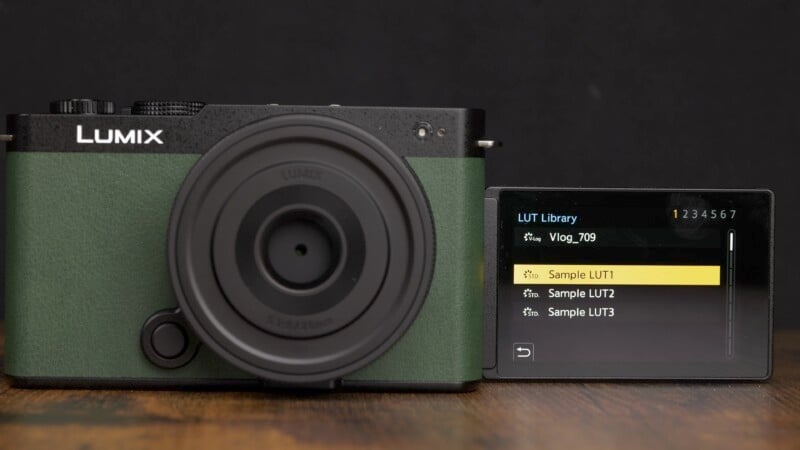
Otherwise, we are mostly seeing the internals from the S5 II. It has the same 24-megapixel sensor and the same excellent IBIS capabilities. However, another important feature has been omitted: there is no mechanical shutter in the Panasonic S9, and although this does aid in shooting at slower shutter speeds, lacking one does have some ramifications elsewhere.
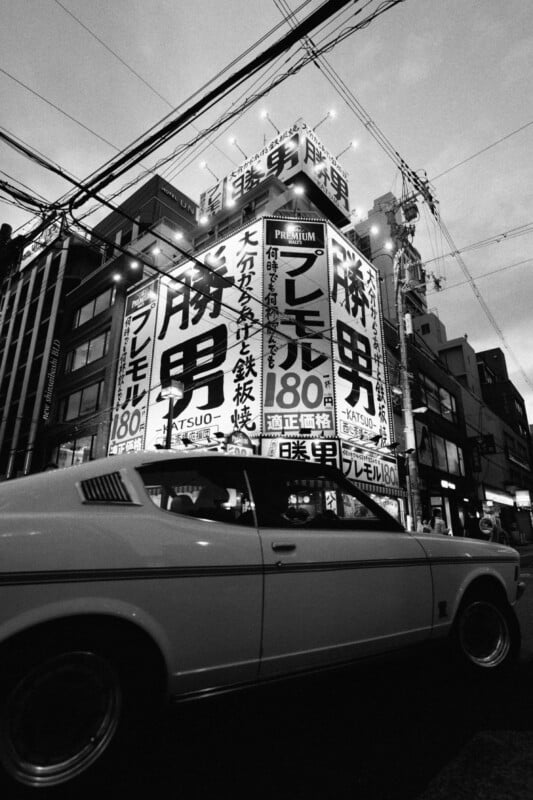
Firstly, shooting on the vivid streets of Dotonbori at night exposed the camera to lots of artificial lighting. The S9 has a synchro scan feature that adjusts the shutter speed ever so slightly to dodge as much flicker as possible. This largely works but there are some situations at faster shutter speeds where some banding is visible. Having an electronic shutter does allow the S9 to shoot up to 30 frames-per-second but I was happy shooting up to eight with live view.
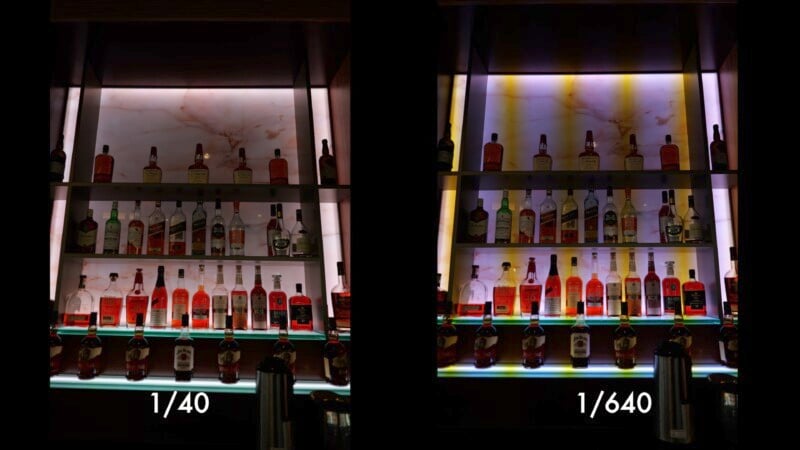
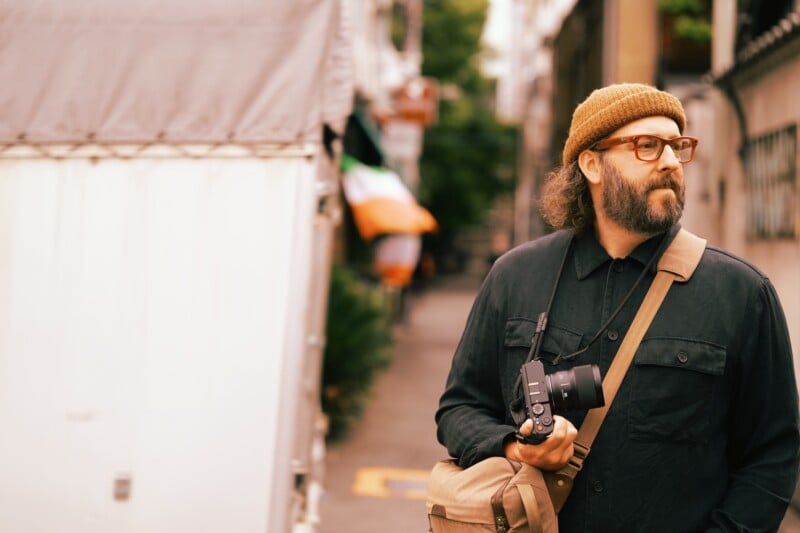
The sensor in the S9 does not scan particularly fast and therefore rolling shutter is also an issue. If panning the camera to follow a subject or if something like a bus or train moves across the frame, any vertical structures will appear as slanted diagonals instead. There is no way to avoid this effect short of only shooting stationary subjects and keeping the camera still. There will also be no ability to use this camera with electronic flashes as the scan speeds will cause horizontal bands with any flash photography. This also explains why the shoe on the top of the camera has no electronic connection and therefore is only a mounting point for microphones and battery-powered accessories.
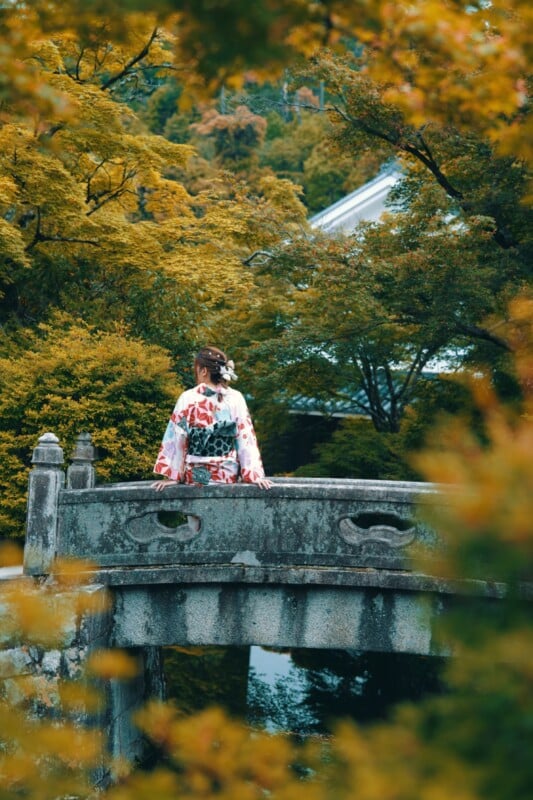
Panasonic S9 Initial Review: Get On Board the LUT Train
Using the S9, I can’t help but feel like much has been stripped away from the camera, therefore creating limitations and quirks that will annoy more advanced photographers. One thing has been added, though, which is the defining feature of the S9.
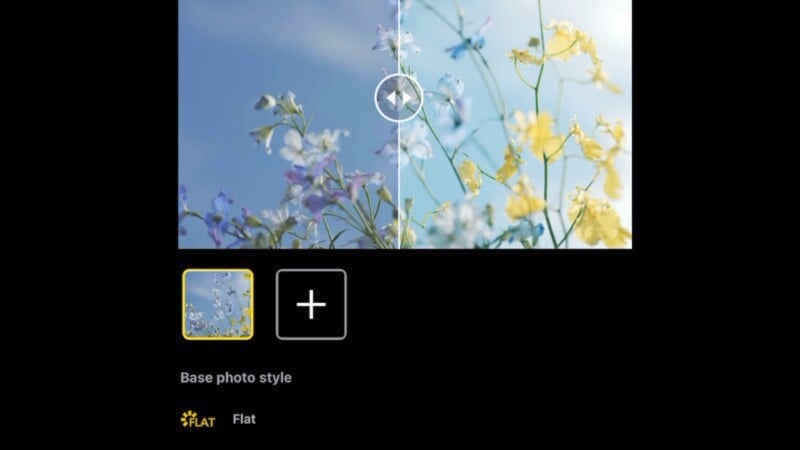
Panasonic has included the option to upload LUTs and presets to its cameras for some time. However, along with the debut of the S9 is a brand new app called Lumix Labs. Coupled with the 5Ghz WiFi built into the S9, the app allows for quick and simple connectivity to your phone. From here, images can be transferred back and forth and — more importantly — you can create your own presets with a variety of tools and sliders. You can also browse a cloud-based library of other creators’ presets and upload your own creations to share with others too. Think the democratization of presets with the more popular ones rising to the top and everyone able to share and modify presets to their heart’s content.
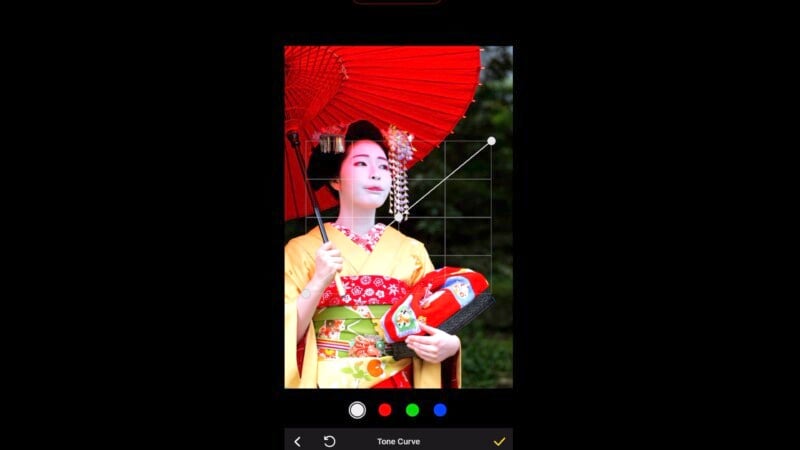
Panasonic is banking the success of this new venture on the hope that they can convince users to universally accept the look-up table, or LUT, as the new terminology for presets, whether for photography or videography. LUTs are commonly understood in the video world and are basically color and contrast presets applied to flat-looking video footage in post. In the photo world, we more commonly use terms like photo styles, film simulation modes, filters, or presets. These have been customizable on most camera systems for many years now but the Lumix Lab app allows you to apply them to downloaded photos, tweak them, and then upload them back to the camera to be used as your own custom looks.
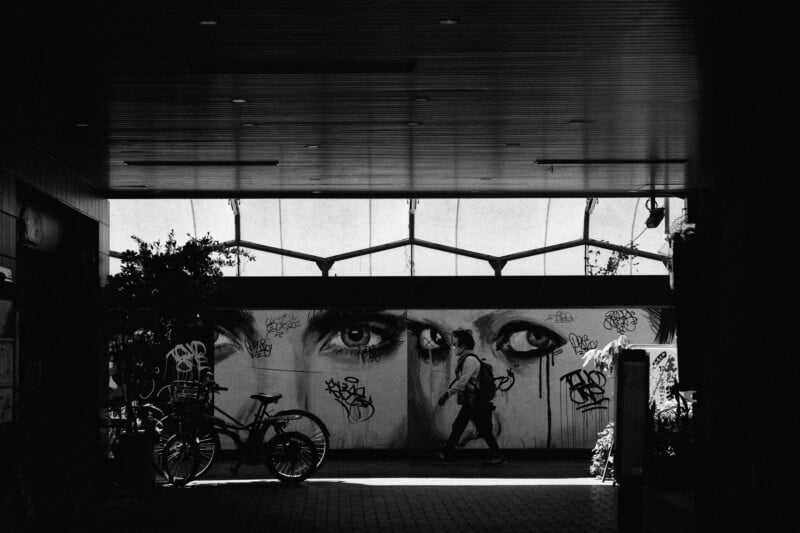
I don’t know how successful Panasonic will be at making the term LUT universal for photographers but I do have to say that the process to make your own LUTs is fun and easy, and the interface Panasonic has built makes them simple to share. I spent quite a bit of time making my own looks and applying them to my photos. There is joy in experimenting on the streets with a new LUT and seeing what happens. I definitely recommend shooting RAW+JPEG, though, to have a RAW file that can be edited in a different direction if desired because any applied LUTs affect only JPEGs, and any room to edit afterward is minimal.
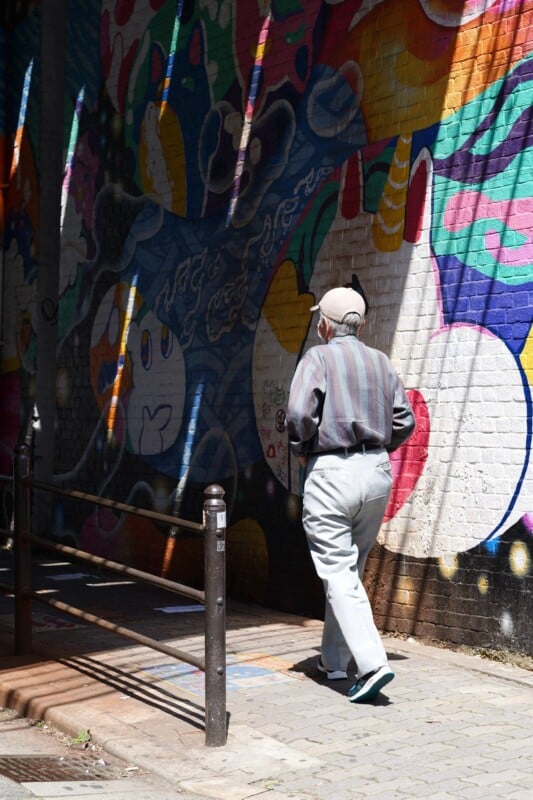
I mentioned earlier that we would come back to it, and it’s time to talk about the LUT button. By default, this customizable button brings up all the downloaded LUTs for quick and easy selection and the dedicated button makes it easy for beginners to find and use. However, I found that I wanted more control than just applying a LUT, so I customized some of the “My Photo Styles” options instead. Here I could add grain, change the opacity or strength of the applied LUT, and even combine two LUTs to experiment. I feel like these controls should be available right off the blocks using the Real-Time LUT button because as it was, I never ended up using the LUT button after discovering the more advanced control through the quick menu. This did at least free up the LUT button to be customized to something else but I felt like the RealTime LUT feature was something to graduate out of rather than use regularly.
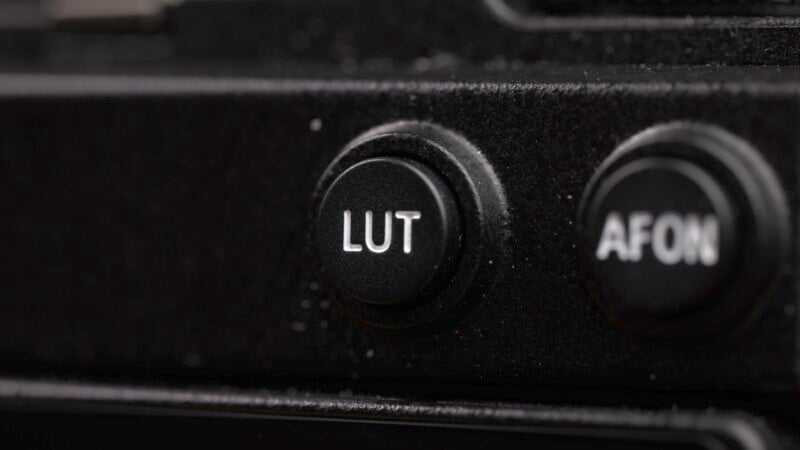
It’s also important to note that the LUTs in Lumix Lab can be made for video recording as well. These can be as simple as highly stylized looks applied just like you would on photos but you can also make LUTs for the V-Log profile. This is a more traditional workflow for videographers but keep in mind that any LUTs applied will be baked into the video file and currently, there is no option on the S9 to have a proxy that is edited and an untouched video file if you want to change your mind later. You can still shoot standard V-Log and edit in post later.
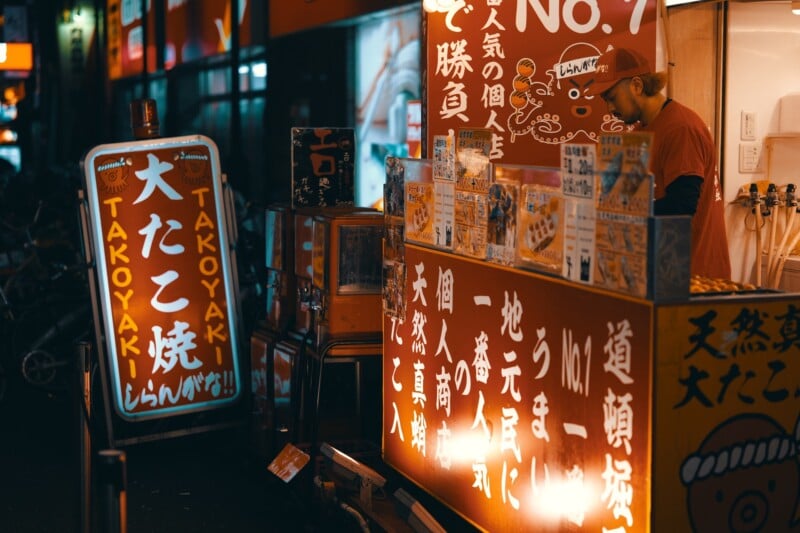
Also, keep in mind that using a V-Log-based LUT by accident when taking photos will put your camera into V-Log mode and thus raise the ISO to 640 with the expectation that you would correct for this with ND filters and appropriate exposure changes. This is just one example of a pitfalls that will confuse the beginner photographer and I predict some frustration will invariably occur.
Panasonic S9 Initial Review: Video Features for a Social Media World
Speaking of video, the S9 has similar capabilities to the S5 II with full-width open-gate recording at 6K which allows for the flexibility to shoot one clip and reframe it for both vertical and horizontal video uses in post. 5.9K wide-screen is also available but these two modes are capped at a maximum of ten minutes. Recording is possible in 4K up to 60p but there will be a fifteen-minute restriction to those clips. The reason recording is restricted at all, compared to the S5 II experience, is because there is no active cooling in the S9 — there just isn’t any room for it. The camera records 4:2:2 10-bit internal but there isn’t any ALL-I, ProRes, or external RAW recording available either.
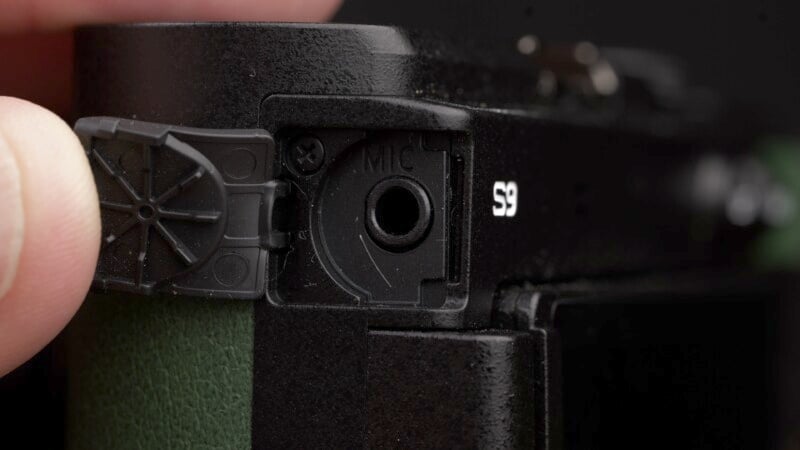
Social media creators will also appreciate the new 4K MP4 Lite mode which reduces the data rate to 50 Mbps and allows recording up to 30p. This takes up way less space on the phone and is easy to upload and the quality drop it incurs should be imperceptible on platforms like Instagram and TikTok.

The Panasonic S9 certainly has some merit as a Vlogging camera with its fully articulating screen, good eye-detect AF, and straight-to-smartphone app but the lack of a headphone jack will upset both basic shooters and commercial videographers alike. Panasonic has simplified the video and photo features on this camera to the point that it could alienate more advanced users and at the same time leave beginners wanting for more sooner than later.
Who Should Buy The Lumix S9?
I am honestly struggling with answering who this camera is for because the S9 is quite enigmatic for such a simple camera design. I do at least prefer the handling and controls to similar cameras like the Sigma FP series and the LUTs are an enjoyable if somewhat limited way of avoiding the whole editing game altogether. In so many ways though, it is a very pared-down camera and yet I did have fun using it in specific situations. Perhaps it’s better to approach the question at hand by describing what potential I see in the S9 as a useful tool.

Most of the shooting I did was on the streets and here the S9 shines as a pseudo point-and-shoot meets analog camera experience. By using only the most basic manual controls and treating the camera as a from-the-hip stylish pocket camera, it certainly delivered an enjoyable experience. I could shoot JPEGs and mess around with the various LUTs and focus on capturing interesting subjects and worry less about technical perfection. Crushed shadows and blown highlights be damned, the S9 can give a similar experience to all the funky retro-inspired 35mm film out on the market today without the analog hassles. In this regard, the S9 was fun to use.
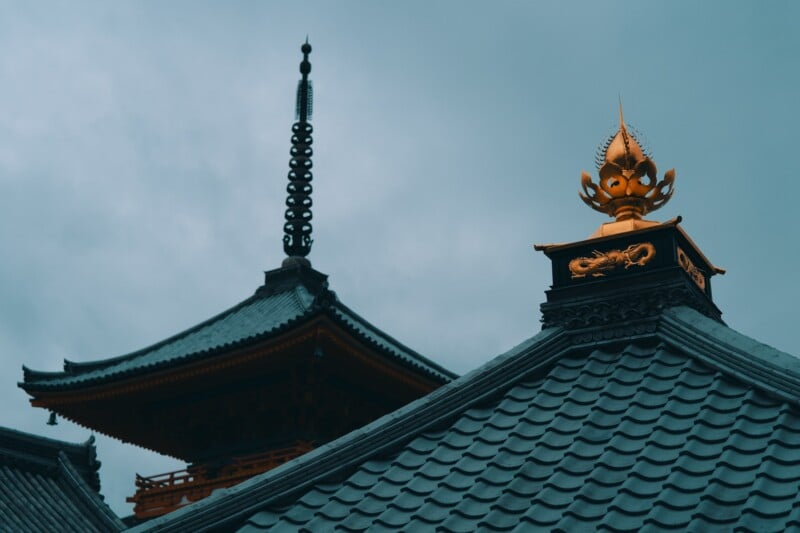
I also see the merit in the S9 being an influencer-specific camera where quick video clips can have a stylish-looking LUT applied and then uploaded to social media without needing to edit color or contrast. Photos can also be thrown up onto Instagram for example, without having to tweak sliders because the LUTs have already been edited thus streamlining the process. This also allows the user more freedom to find their own look beyond what the social media presets offer.
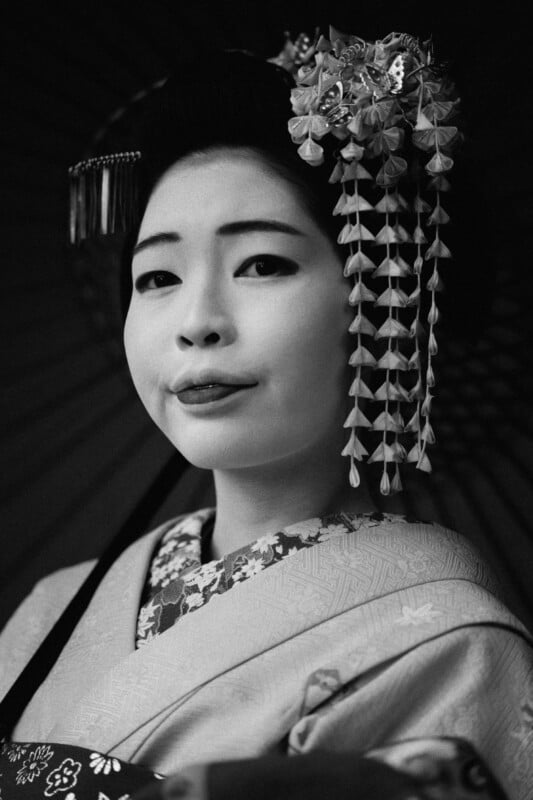
The real challenge arises when you consider that all these features and so much more can be found on the S5 II for just a little bit more investment. This will be even more true when the Lumix Lab app becomes available to other Panasonic cameras like the S5II, unlocking arguably the most fun and exciting part of this whole experience without purchasing the S9. Take the Lumix Lab app away and you are left with a very basic camera that will only appeal to those users who want either the smallest full-frame L-mount experience possible — or the most simplistic.
